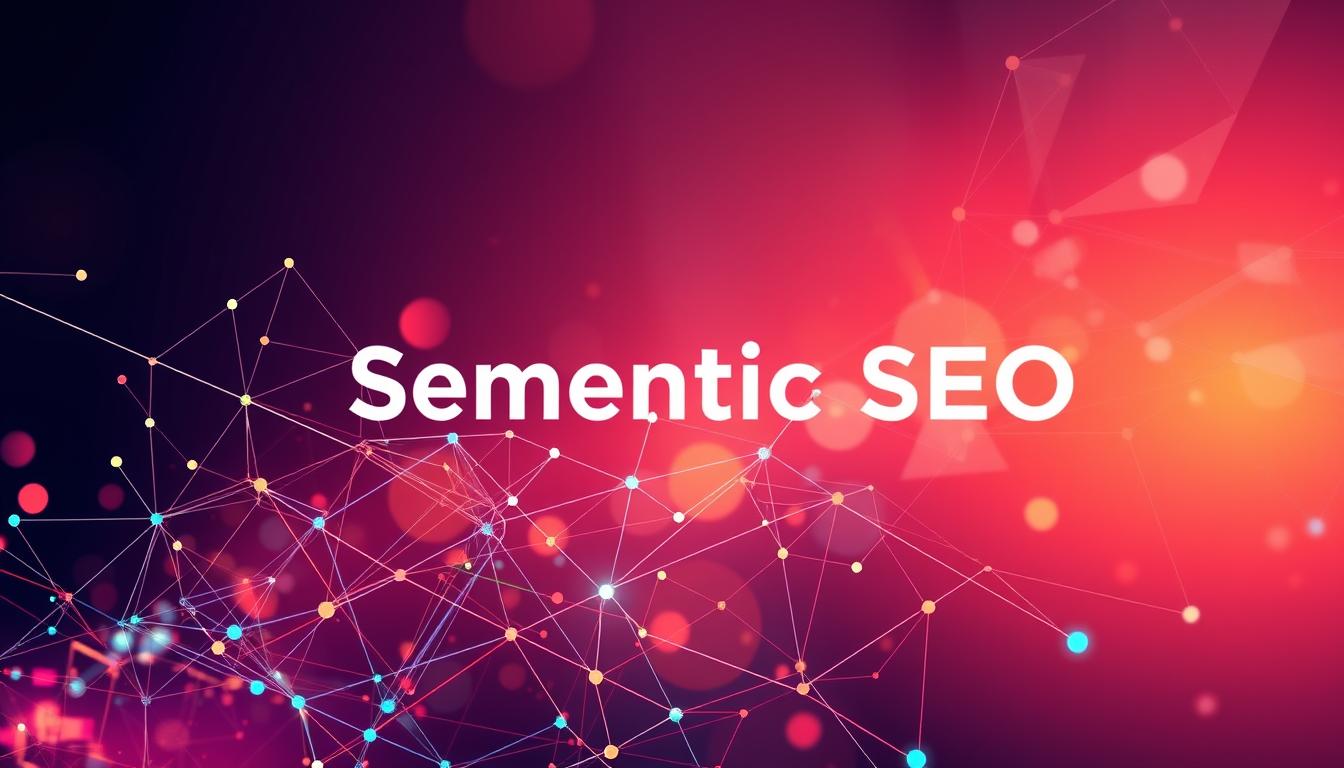As search engines become more sophisticated, traditional keyword-based SEO strategies are no longer enough to maintain high rankings. The evolution of Google’s AI-driven algorithms, natural language processing (NLP), and entity recognition has shifted the focus from exact-match keywords to contextual relevance and search intent. This transformation has led to the rise of Semantic SEO, an advanced approach that optimizes content for meaning, relationships between concepts, and user intent rather than just individual keywords.
For businesses aiming to enhance search visibility, improve user engagement, and future-proof their digital presence, Semantic SEO is the key to success. By understanding how search engines interpret content, analyze relationships between words, and prioritize authoritative, topic-focused pages, businesses can create content that aligns with Google’s ranking factors while providing real value to users.
At WiFi Digital, we specialize in Semantic SEO strategies that go beyond conventional optimization, helping businesses achieve sustained organic growth, improve search relevance, and dominate competitive markets. This guide explores the core principles of Semantic SEO, why it matters, and how businesses can implement advanced optimization techniques to boost their rankings.
Understanding Semantic SEO and Why It Matters
Semantic SEO is an approach that optimizes content based on meaning, user intent, and topic relevance rather than focusing solely on keywords. Instead of trying to rank for individual terms, Semantic SEO aims to create comprehensive, interconnected content that search engines can understand as an authority on a subject.
Google’s semantic search capabilities have advanced through machine learning models like RankBrain and BERT (Bidirectional Encoder Representations from Transformers). These models allow search engines to:
- Interpret synonyms and related phrases to understand broader topics.
- Analyze sentence structure and context to determine meaning.
- Identify user intent and serve the most relevant search results.
This shift means that businesses must move beyond single-keyword targeting and focus on semantic relevance, entity-based SEO, and content depth. Instead of trying to rank for isolated keywords, content should be structured to answer user queries comprehensively, link related concepts together, and provide well-rounded information that search engines recognize as authoritative.
Semantic SEO is particularly valuable for businesses looking to rank for highly competitive queries. As Google prioritizes expertise, authority, and trustworthiness (E-A-T), brands that demonstrate subject matter expertise and interlink relevant content are more likely to achieve top rankings.
At WiFi Digital, we help businesses transition from traditional keyword optimization to a Semantic SEO approach, ensuring that their content is well-structured, contextually relevant, and optimized for search intent.
Building a Strong Semantic SEO Content Strategy
Creating a successful Semantic SEO strategy involves rethinking how content is structured, interlinked, and optimized for contextual relevance. One of the most effective methods for enhancing topical authority is the pillar-cluster model, which organizes content into a network of related pages that support a central topic.
Pillar Pages and Topic Clusters: The Foundation of Semantic SEO
A pillar page is a comprehensive, authoritative piece of content that covers a broad topic in depth. It serves as the core hub for a related set of cluster content, which consists of supporting articles that delve into subtopics and specific queries. By linking cluster content back to the pillar page, businesses can:
- Strengthen topical authority, signaling to Google that their site is a trusted resource.
- Improve internal linking structure, enhancing crawlability and page indexing.
- Encourage user engagement, providing readers with a seamless journey through related content.
For example, if a business wants to rank for “E-commerce SEO best practices,” it should create a pillar page covering the topic broadly, then support it with cluster content such as:
- “How to Optimize Product Pages for SEO”
- “The Role of Schema Markup in E-commerce SEO”
- “E-commerce SEO Trends for 2025”
By structuring content in pillar-cluster models, businesses enhance semantic relevance, making it easier for search engines to understand the relationships between different pieces of content.
At WiFi Digital, we develop strategic content frameworks that prioritize semantic relationships, structured linking, and user-focused content experiences, ensuring long-term SEO success.
Optimizing for Entities and Contextual Relevance
One of the most significant developments in Semantic SEO is Google’s emphasis on entities over keywords. Entities refer to people, places, organizations, and concepts that have a distinct meaning in Google’s Knowledge Graph. By optimizing content for entities, businesses can enhance search visibility, improve brand recognition, and increase the likelihood of appearing in Knowledge Panels and Featured Snippets.
How to Optimize for Entity-Based SEO
-
Leverage Structured Data Markup
- Implement schema.org markup to provide search engines with additional context about a business, product, or topic.
- Use FAQ schema, local business schema, and product schema to enhance search visibility.
-
Optimize for Google’s Knowledge Graph
- Ensure brand mentions are consistent across Wikipedia, Wikidata, LinkedIn, and authoritative directories.
- Build high-quality backlinks from industry-relevant sources to strengthen domain authority.
-
Use Natural Language Processing (NLP) in Content
- Write content that mimics how users naturally ask questions (conversational tone, full-sentence queries).
- Optimize for People Also Ask (PAA) results by structuring content to answer common questions directly.
Entity-based SEO helps search engines establish stronger connections between content topics, allowing businesses to rank for broader search queries and improve long-tail keyword visibility. WiFi Digital specializes in implementing structured data and entity optimization to help businesses enhance their search presence and authority.
Maximizing Featured Snippets and Voice Search Optimization
With the rise of voice search and AI-driven search assistants, structured content optimization is crucial for securing featured snippets and appearing in voice search results. Google prioritizes concise, well-structured answers to user queries, making FAQ pages, definition-style content, and bulleted lists essential components of Semantic SEO.
Techniques to Improve Featured Snippet Visibility
-
Write Clear and Concise Answers
- Use short, direct responses at the beginning of content sections.
- Structure paragraphs with question-based subheadings (H2, H3 tags).
-
Use Bullet Points and Numbered Lists
- Google favors formatted content for quick-answer search results.
- Break down step-by-step guides, comparisons, and key takeaways.
-
Optimize for Conversational Search Queries
- Target long-tail, question-based keywords that align with voice search behaviors.
- Use natural language to match the way users phrase spoken queries.
By aligning content with Google’s featured snippet requirements and voice search trends, businesses can secure high-ranking positions and increase organic traffic. WiFi Digital helps brands strategically optimize content for AI-driven search trends, ensuring greater visibility in voice search and zero-click search results.
Semantic SEO is the future of search optimization, focusing on context, intent, and entity-based relevance rather than just traditional keyword placement. Businesses that embrace advanced content structuring, topic authority building, and AI-driven search insights will achieve higher rankings, stronger engagement, and sustained organic growth.
With WiFi Digital’s expertise in Semantic SEO, businesses can implement intelligent, scalable strategies that enhance search visibility, user experience, and brand authority.
🚀 Ready to take your SEO strategy to the next level? Contact WiFi Digital today and start optimizing for the future of search!
WiFi Digital: Connecting Businesses to the Digital Future
In today’s fast-paced world, where a strong digital presence is essential for business growth, WiFi Digital emerges as a strategic partner for small and medium-sized businesses (SMBs). Founded in 2023 and based in London, Ontario, the company has a clear mission: to provide affordable, high-quality solutions that help businesses thrive online. With an experienced and passionate team, WiFi Digital goes beyond simply creating websites and marketing strategies. Its purpose is to empower entrepreneurs, strengthen brands, and give clients more free time to focus on what truly matters – growing their business and improving their quality of life.
WiFi Digital develops websites that authentically and professionally represent your brand, optimizes systems and digital marketing strategies to enhance visibility and return on investment (ROI), and offers affordable, customized solutions, ensuring that businesses of all sizes have access to effective growth tools. With transparency, partnership, and innovation, the company provides each client with the necessary support to achieve real results.
Business digitalization is not just about numbers or metrics. It directly impacts entrepreneurs’ well-being, bringing more organization, efficiency, and freedom to focus on what truly matters. WiFi Digital understands that by investing in digital solutions, businesses gain time, reduce operational stress, and create opportunities to connect better with their customers. A well-structured online presence not only increases sales but also strengthens the public’s trust in the brand.
Beyond technical expertise, WiFi Digital’s key differentiator is its commitment to people. The company values genuine relationships, creates tailored strategies, and works side by side with clients to ensure that every solution meets their specific needs. If you’re looking to boost your brand, attract more customers, and still have more time to focus on what truly matters, now is the time to act!
💡 Transform your digital presence with experts who understand your needs.
📩 Contact us now: contact@wifidigital.ca
🌍 Learn more: www.wifidigital.ca
🚀 Your growth starts here!



